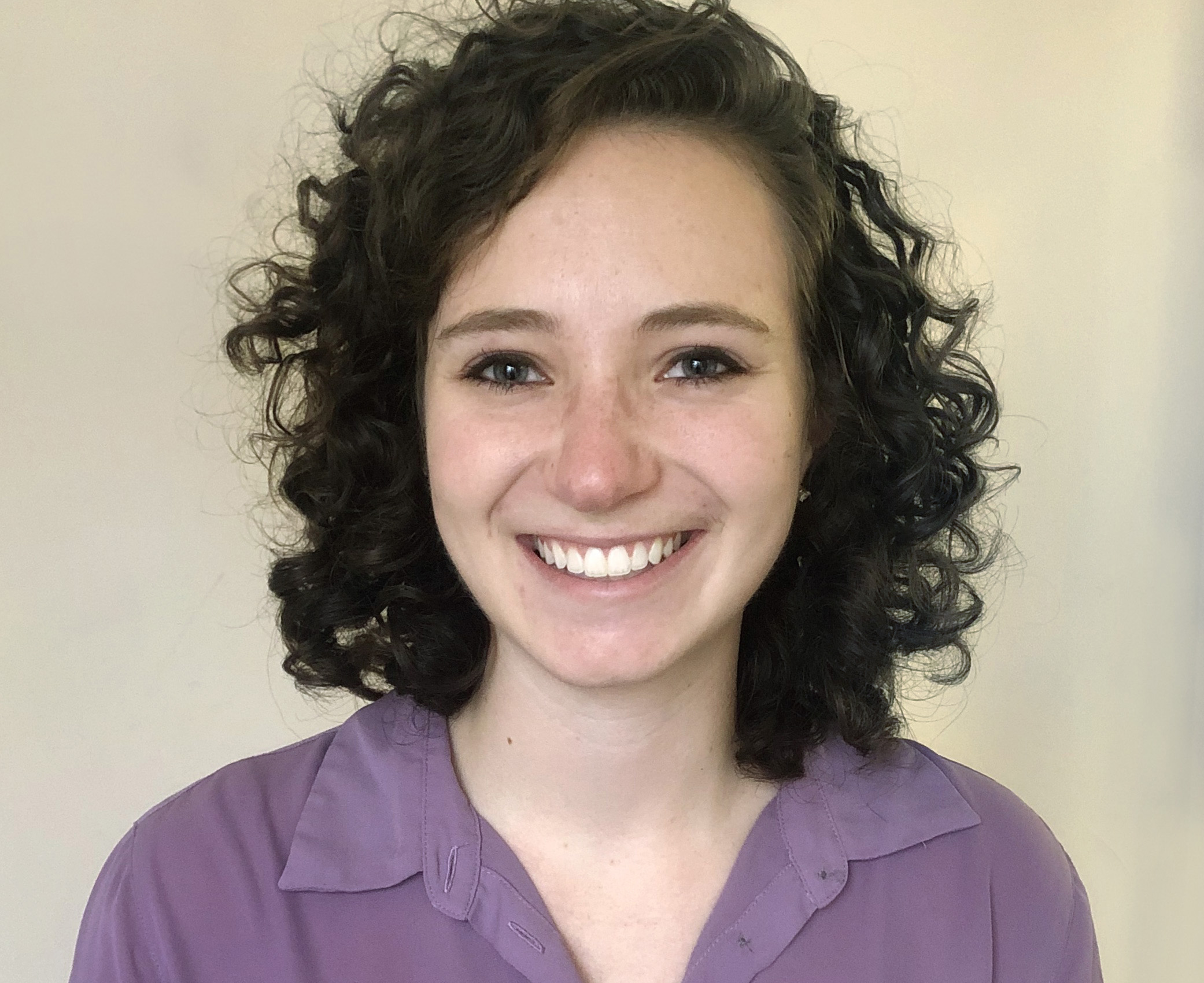For the fourth grade students at St. Mary’s School of Piscataway in Clinton, Maryland, learning about World War II was personal. One student, Frank Lupu, had family members who died in concentration camps during the war, as well as a great uncle who fought in the French Resistance. Another student, Gavin Haight, had two great grandfathers who fought for the U.S. Army in Europe during the war.
As a part of their lesson about World War II, Gavin’s grandmother came into class to give a presentation about the war, bringing infantry helmets and medals that had belonged to Gavin’s great grandfathers. Frank and his dad researched the family members that they had lost, and shared what they learned with the class.
As a way of honoring those family members and sharing what they had learned, the class decided to write a book, titled, “Why did America Fight in World War II?” which they published through Scholastic.
“When we found out there were certain people targeted and killed, we decided we wanted to make a book so we could show how people were treated in concentration camps,” said fourth grader Anderson Rust.

The book recounts the lessons they had learned, including what happened in concentration camps. It is illustrated by the kids’ drawings and photos from Gavin and Frank’s families.
The more the students learned, the more they began asking big questions about the war.
“We wondered what caused Adolf Hitler to be so evil. Why did he hate so many different people, like Jews, African Americans, Slavic peoples, and gypsies? Why did he think he had to take their lives away from them?” the class wrote.
In addition to learning about Gavin and Frank’s family members, the class began to learn more about Hitler’s life, like how his father abused him, and that his brother died when he was young. They also learned that he had wanted to go to art school and was rejected, but saw that there were many Jewish students at the school.
“Sometimes people need to blame others for bad things that happen in their lives,” the book says. “We call this ‘scapegoating.’”
During the class, Anne-Marie Ramsey, the school’s retired library skills teacher, also took the opportunity to teach the students about how God can bring good out of bad situations.
“God does not cause these things to happen, but He allows humans to choose to either do good or evil,” Ramsey said in her lesson, which the students write about in the book. “God does find ways though to bring good from evil.”

Later on in the lesson, she told the students, “We lost so many wonderful people, but we also gained some saints.” St. Maximilian Kolbe offered his life for another prisoner in a concentration camp.
When a student asked why the Germans followed Hitler, Ramsey pointed out that many nuns and priests had hidden Jewish children in churches and monasteries to protect them.
At the end of their lesson, Ramsey noticed a few girls looking sad, but they told her they were just praying for all the people who had died in the war. The rest of the class took a moment to do the same.
The students expressed hope that learning about war would help them to avoid having wars in the future.
“They understand concepts you wouldn’t think they would,” said Ramsey. “They would like to change the world. They are the leaders of tomorrow. They don’t want these things to happen again.”
The students said learning that their classmates’ families were directly affected by the war added a different dimension than just learning about it in a textbook.
“When you hear about it in books, you think, ‘Okay, it was sad that this person was killed,’ but then when you see somebody we know was affected by it in real life you can see how they feel about their relatives being killed in concentration camps by the Nazis,” said Joshua Hudson.
After they received the published books, the class had an authors’ party to celebrate, complete with cupcakes and ice cream. Parents who had bought the book brought them in for the kids to sign them, and fourth grader Aditya Vasanthkuman said it made him feel “a little bit famous.”

The class was happy to see their work printed in a physical book, and to know that it is literally being bought around the world. Some of Frank’s family members who learned about the book have been buying it from Israel and throughout Europe.
“When they found out that someone remembered their relative [who had] kind of vanished, they were so excited,” said Ramsey.
Eran Lupu, Frank’s dad, said the book means that the names of his family members are not completely forgotten.
“In a way, the fact that they made the book perpetuates the memory of my relatives better than anything else,” he said. The book is dedicated to Emil, Robert and Elizabeth Weinberg, his family members who died during the Holocaust.
“I think when you hear about six million people killed, we cannot really grasp what it means because it is too many people,” said Lupu. “But when you have access to the story of a single individual, you understand those were individual people just like that who were treated like that…they have an immediate connection now. That I think is a very big thing.”
To order a copy of the book, visit studentreasures.com/ordercopies and type in the pin number 7325241.








